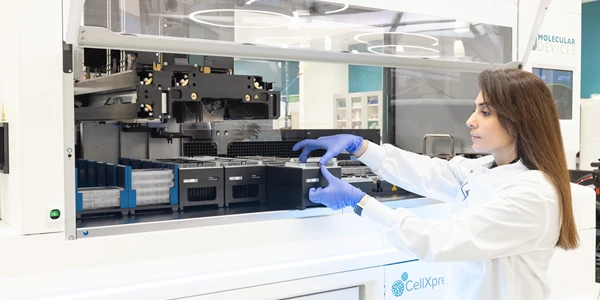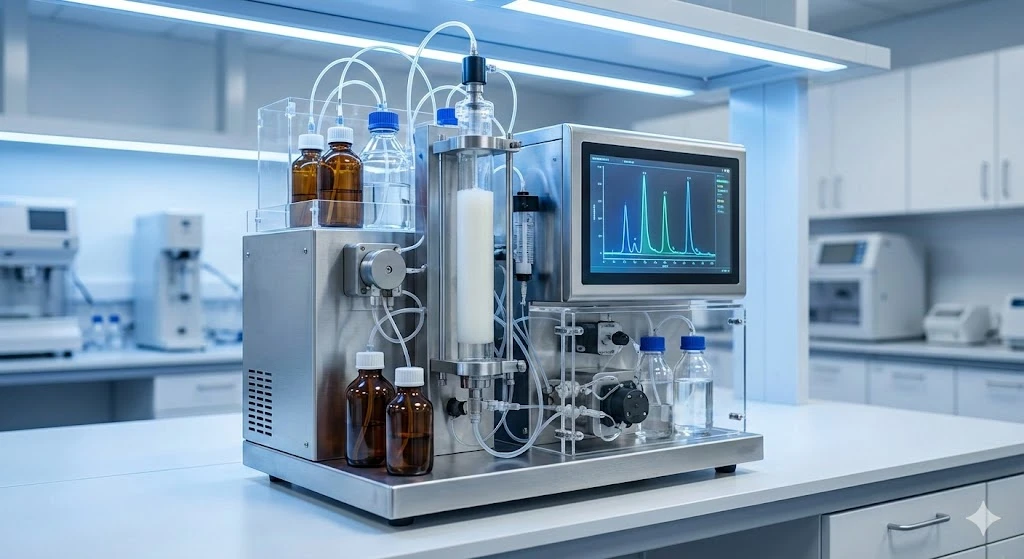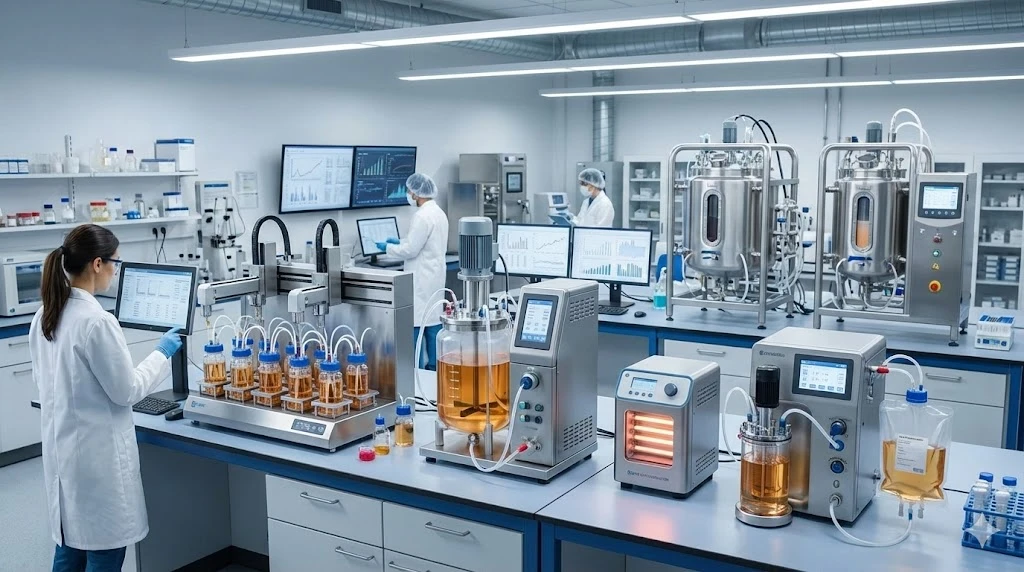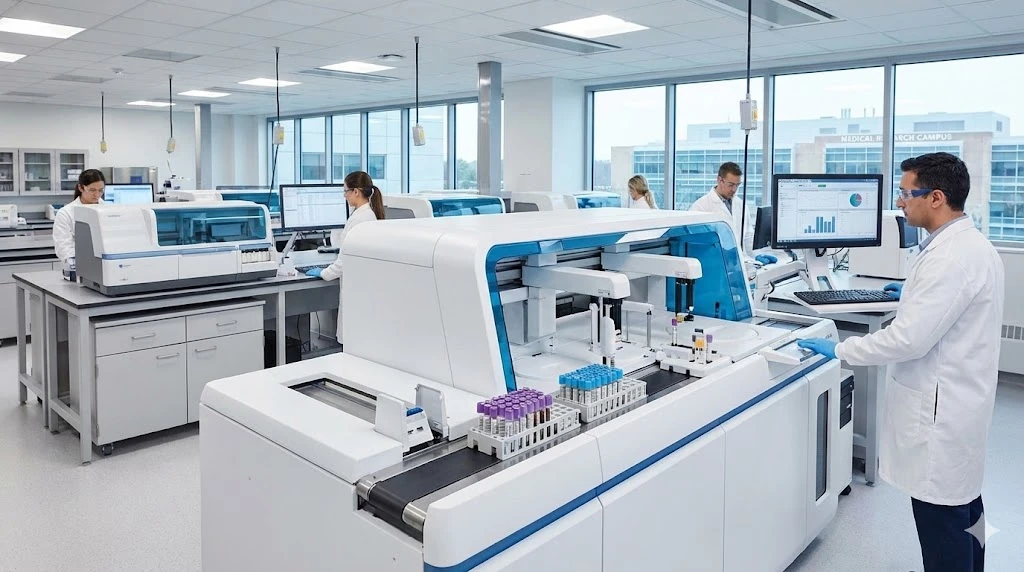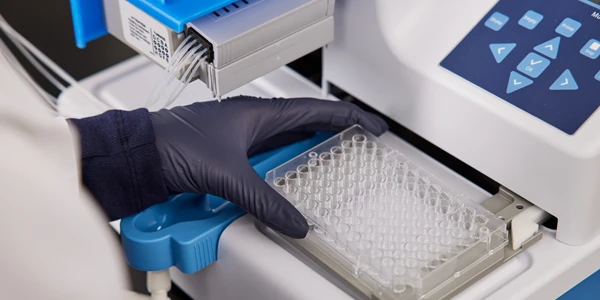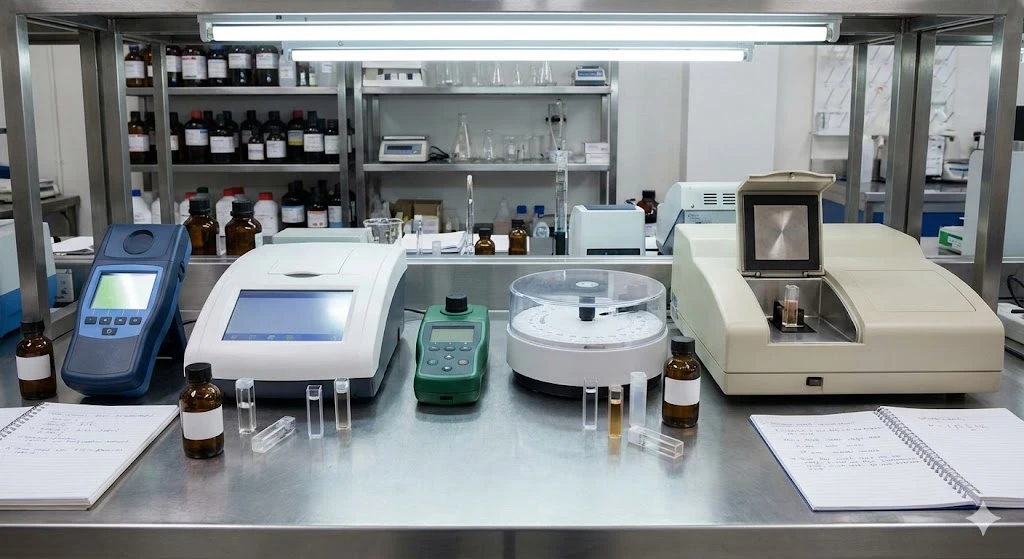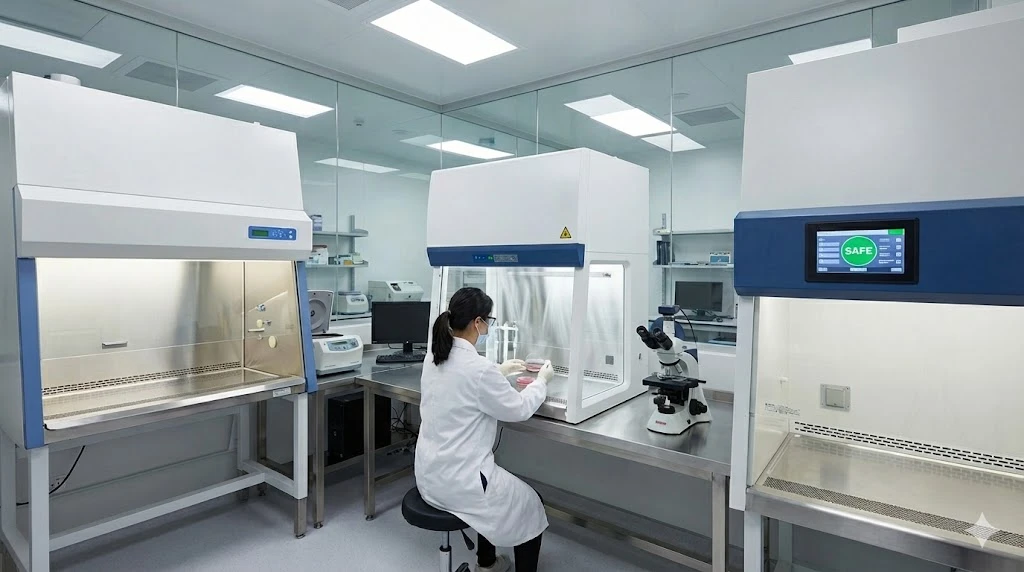Cannabis Terpene Profiling using the GCxGC-TOFMS Pegasus BT 4D System from LECO
Therapeutic potential of cannabis compounds
It is now known that the therapeutic activities of cannabis extend well beyond the cannabinoids to include the terpenes, terpenoids, and other bioactive compounds.
Analytical compound profiling, or fingerprinting, is a powerful approach to identify discrete chemical signatures within samples and to assess their properties.
In the case of cannabis, comprehensive profiling may assist efforts in clarifying: strain type and authenticity, the underpinning details of the “entourage effect”— the synergistic activity arising from complementary cannabis compounds, and the presence or absence of contaminating compounds.
Challenges and solutions for cannabis compound profiling
Despite the utility of sample profiling, the comprehensive approach is challenged by the possibility of numerous chemically distinct compound classes, which may be present over a wide concentration range in complex sample types.
Advanced analytical techniques such as multi-dimensional gas chromatography combined with high performance mass spectrometry are powerful solutions that may overcome the inherent challenges of compound profiling.
As a direct application of this approach, the LECO Pegasus® BT 4D GCxGC TOFMS system was used in a recent study focused on comprehensive terpene profiling in select cannabis strains.
Background and significance of terpenes
Although THC has been the primary focus of cannabis studies over the past fifty years, additional phytocannabinoids have more recently been shown to have important effects. Cannabis terpenoids, more generally known as terpenes, share a synthetic precursor with the cannabinoids, yet have been shown to have unique therapeutic activities either alone or in combination. Terpenes may also play a dominant role in the “entourage effect” or the enhanced biological effects observed with compound-rich cannabis-extracts, not typically seen with individual purified compounds.
Terpene profiling using GCxGC TOFMS
In the study titled “Fingerprinting the Terpene Profiles of Various Cannabis Strains using GC and GCxGC with High Performance TOFMS”, enhanced comprehensive two-dimensional gas chromatography (GCxGC) was used in concert with high-performance time-of-flight mass spectrometry (TOFMS) for the separation and identification of terpenes and other cannabis compounds in extracted and distilled plant material. Software tools were then used to compare chemical profiles and to deduce significance from different cannabis strains.
Profiling study design and methods
Distillates from 23 unique cannabis strains were analyzed along with 40 terpene standards, all sourced in collaboration with a third-party test facility.
GCxGC was performed using the LECO GCxGC Quad Jet Thermal Modulator and L-PAL 3 Autosampler. The LECO Pegasus® BT 4D TOFMS was used for downstream mass analysis. The following settings and methods were used:

Cannabis profiling study results
- One dimensional GC-TOFMS data were collected and compared with that from two dimensional GCxGC-TOFMS. Since compounds often coelute in conventional 1D GC-TOFMS, and are therefore unresolved or unidentified using standard workflows, the use of the second separation allowed for resolution of distinct terpenes and terpenoids.
- Statistical processing of the 23 cannabis distillates, in combination with terpene standards, showed that different cannabis products (strain designations) contained similar types and concentrations of terpenes. These results suggest a lack of correlation between cannabis strain designations and terpene composition among the samples tested.
Benefits of two-dimensional gas chromatography
As demonstrated in the described study, the benefits of GCxGC over standard GC are significant.
- Increased chromatographic resolution allows for greater numbers of individual compounds to be resolved creating cleaner mass spectra for library matching and/or interpretation. Chromatographic data is displayed as highly informative, structured 2D contour plots. Sensitivity enhancements lead to greater detection of low-abundance compounds and removal of masking interferences.
- With GCxGC, multi-analyte classes can be combined into a single analysis, saving valuable instrument and sample preparation time. Screening methods benefit as well, with increased speed and efficiency leading to higher confidence in compound identification and quantification.
Advantages of the Pegasus® BT 4D GCxGC-TOFMS platform
The Pegasus® BT 4D system leverages the increased chromatographic capabilities of GCxGC, and enhances sensitivity and performance through several unique and powerful features.
- The high-performance GCxGC thermal modulation system increases signal-to-noise, thereby uncovering hard to detect analytes in complex matrices.
- The BT TOFMS provides the ideal mass analyzer to measure non-targeted species or target quantification over a wide range, in complex backgrounds, with higher-throughput workflows.
- LECO’s ChromTOF software works seamlessly with the Pegasus® BT 4D to automatically collect and process user data and help stratify analyses. Nontarget Deconvolution, Target Analyte Find, library searches, and user-friendly configurable features accel at compound identification and set the system apart from other technologies.
- Innovative options such as the FLUX® GCxGC flow modulator are also available and allow routine analysis of concentrated samples, as an alternative to the high sensitivity functions built-in to the standard quad jet thermal modulation option.
Summary
It’s widely accepted that advanced technologies are needed for more precise cannabis strain identification, authentication, and quality control. As well, the underpinning sources of the “entourage” effect are very important and active areas of medicinal cannabis research.
As the industry matures and continues to implement more robust methods for analyses, technologies such as the Pegasus® BT 4D GCxGC-TOFMS system will see widespread use, not only in research, but for routine cannabis laboratory operations as well.
This article was written by LabX and published in collaboration with LECO.
View the poster, “Fingerprinting the Terpene Profiles of Various Cannabis Strains using GC and GCxGC with High Performance TOFMS”.
View LECO listings on LabX.com


